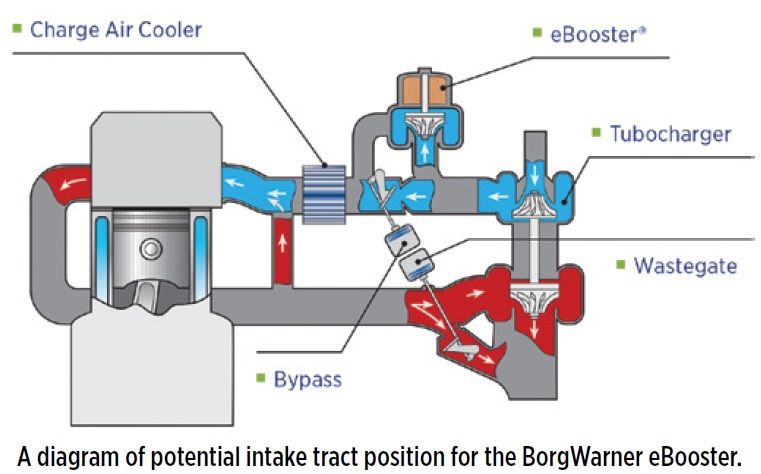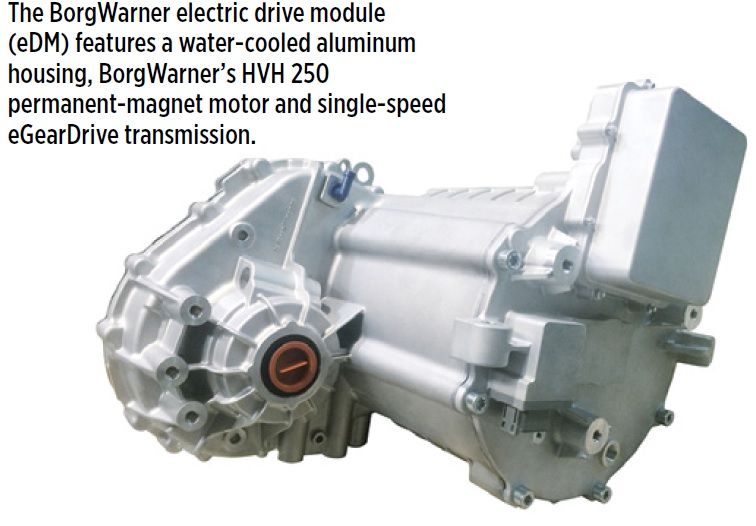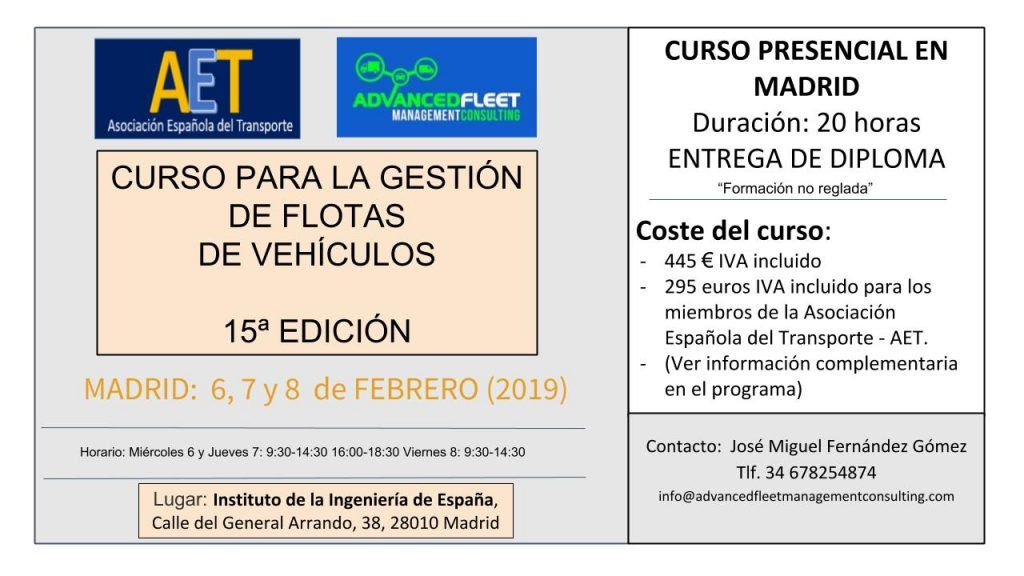
La electrificación del turbocompresor en los motores
eBoosting: The next big thing?
Anyone questioning whether a substantial portion of the light-vehicle market will imminently feature some form of powertrain electrification need look no further than the product portfolios of the major powertrain suppliers. At a recent event at its Propulsion Technical Center in Auburn Hills, Michigan, BorgWarner provided access to a range of demonstration vehicles—from full EVs to hybrid Ford F-150s—featuring technology engineered for OEM’s seeking swift electrified integration.
eBoosting: The next big thing? The engine-downsizing program has been in full swing for the better part of a decade and has meant big business for BorgWarner as one of the industry’s most prolific developers of turbochargers. Though a crucial downsizing component, even BorgWarner will admit to the limitations of turbocharging, including turbo lag and the higher-rpm choke effect it can have when sized for lowend response.
With the electrification trend providing more onboard energy capacity, it also creates an opportunity for electrically-powered compressors, an innovation that addresses several turbo shortcomings. In a demonstration Ford F-150 powered by the twin-turbocharged 2.7-L V-6, BorgWarner had installed its eBooster centrifugal-flow compressor (below).

Essentially an electrically driven cold side of a traditional turbo, the eBooster can be fitted either pre- or postturbocharger within an intake tract, and markedly reduces turbo lag. The F-150 demo vehicle was also fitted with a 48-volt architecture using BorgWarner’s 48V BAS (belt alternator/starter) MGU (motor-generator unit) that can capture energy from regenerative braking to resupply the 48-V battery, smooth engine restarts and also provide a low-end torque assist.
Applicable to both gasoline/diesel engines and 12- (2-2.5 kW)/48-V (5-7 kW) architectures, the eBooster is quite compact considering its power electronics are integrated into its housing, and permanently lubricated bearings for the 70,000-rpm compressor shaft should help ensure a long service life. When energized by a 48-volt architecture, BorgWarner claims “spool time” for the eBooster—driven by its permanent-magnet motor—is just 250 ms. In the demonstration Ford pickup, the eBooster shaved more than a half-second off 0-40 km/h (0-25 mph) acceleration—an 18% improvement—while consuming less than half the electric energy of the BAS-MGU unit requires to provide a 3% acceleration gain. Since the system’s peak boost remains unchanged, Borg Warner claims eBooster integration doesnot require a full drivetrain revamp, and after several tireevaporating launches in the demonstration truck, we’d concur on the turbo-lag elimination claim.
Apart from its impact on turbo lag, acceleration and transient performance, BorgWarner engineers are equally enthusiastic about the eBooster’s potential to enable more drastic engine downsizing, particularly when engineered with a larger turbocharger designed for complimentary and lessrestrictive boosting.

Full EV componentry
On the fully electrified front, BorgWarner had a 2018 C30 from Great Wall Motors’ new entry-EV brand ORA on hand for demo loops. The C30 compact sedan is the first EV model in China equipped with BorgWarner’s electric drive module (eDM, above) technology, which integrates the design of the electric motor and transmission. BorgWarner claims its integrated eDM enables weight, cost and space savings in addition to easy installation and improved efficiency.
With the April 2018 launch in China of the credit-score system that encourages the shift to “new-energy vehicles,” BorgWarner is anticipating significant growth for China’s already roiling EV market. BorgWarner also is providing localized production, which in the case of the C30’s eDM application, is via a manufacturing facility in Beijing. Installed in the C30, within the eDM’s water-cooled aluminium housing is BorgWarner’s HVH 250 permanent-magnet motor featuring its patented, flat-wire high-voltage-hairpin
(HVH) technology that helps it achieve a better peak-to-nominal power rating, along with more than 95% efficiency. The HVH 250 is coupled to BorgWarner’s compact, single-speed eGearDrive transmission that’s rated more than 97% efficient and features an electrically actuated parking lock.
Coupled to the C30’s 380-volt system, the eDM delivers a claimed 90 kW (120 hp) and 240 N·m (177 lb·ft) and provides a claimed 5.5 second 0-50 km/h time for the 1,385kg (3,053lb) sedan. On a surface-street drive with four well-fed adults on board, the C30 managed perfectly adequate acceleration and demonstrated surprising drivetrain refinement for an entry-level product. Throttle response was linear and torque ramp-up was smooth and predictable.
A new BorgWarner integrated Drive Module (iDM) currently in development, which adds dedicated power electronics to the eDM for even greater optimization and efficiency, is expected to see a production application by MY2021.
Written by Bill Visnic and Paul Seredynski
Source: Automotive Engineering
Automotive Engineering magazine is the No. 1 resource for engineers across multiple disciplines in the automotive industry. Published 10 times annually, Automotive Engineering engages decision makers who buy and specify product. Each issue includes special features and technology reports, from topics such as: vehicle development and systems engineering, powertrain and subsystems, environment, electronics, testing and simulation, and design for manufacturing.
 José Miguel Fernández Gómez, es experto en gestión de flotas de vehículos, y el director de Advanced Fleet Management Consulting que suministra servicios de consultoría en gestión de flotas de vehículos
José Miguel Fernández Gómez, es experto en gestión de flotas de vehículos, y el director de Advanced Fleet Management Consulting que suministra servicios de consultoría en gestión de flotas de vehículos
 ]]>
]]>
